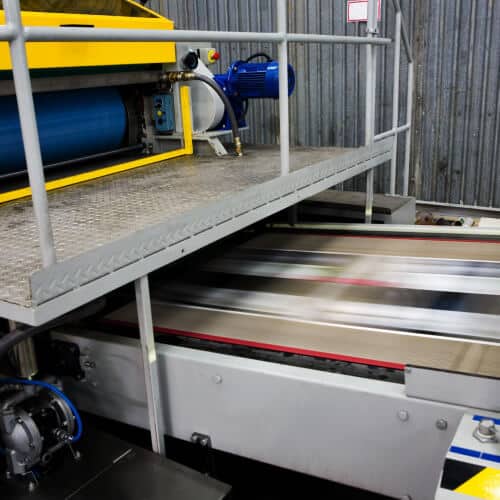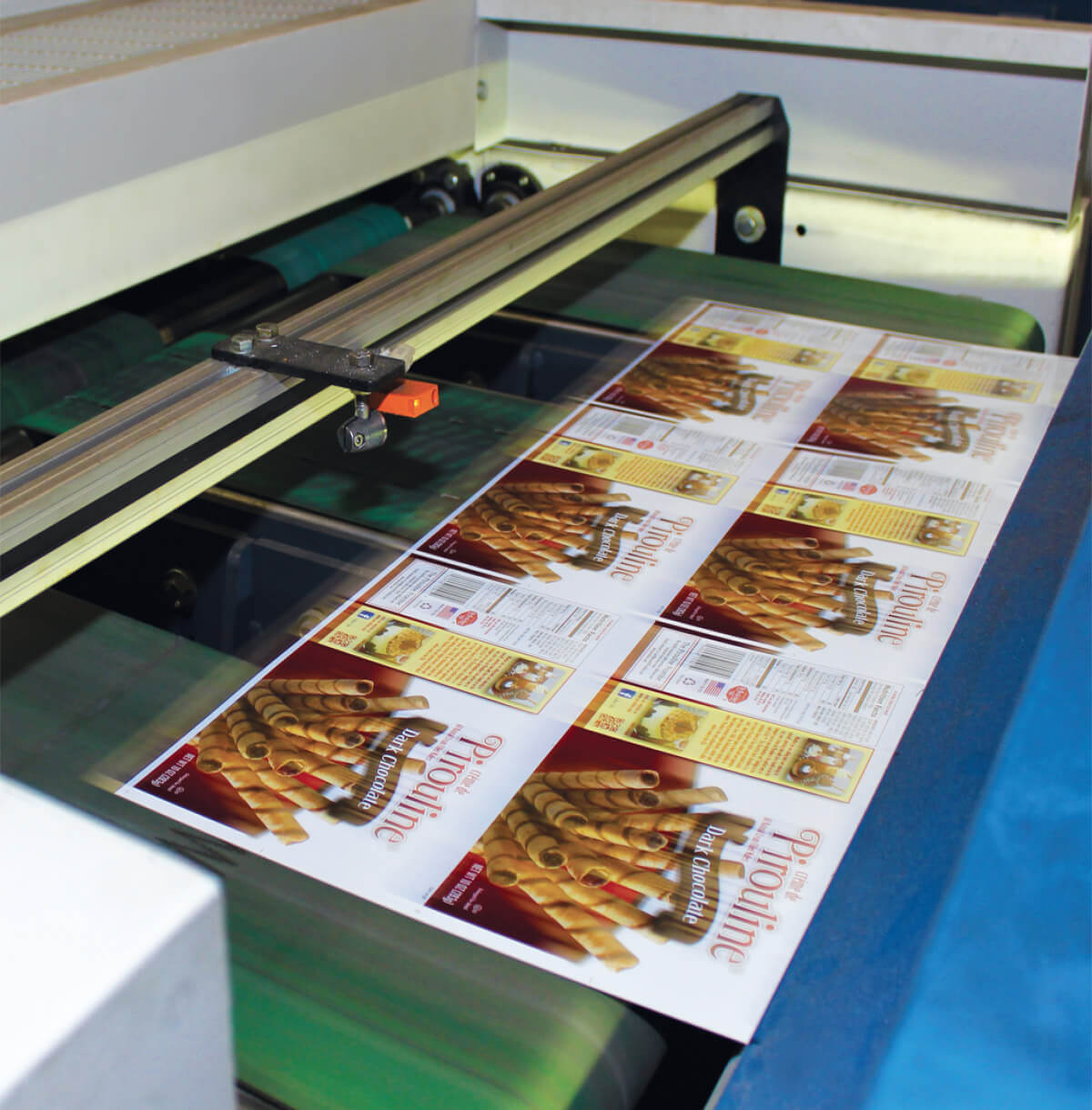litho printing Services with Quick Turnaround Times
litho printing Services with Quick Turnaround Times
Blog Article
A Comprehensive Overview to Comprehending Litho Printing Strategies
The globe of litho printing, a method stemming from the late 18th century, is an interesting mix of background, art, development and scientific research. This detailed guide will certainly unwind the complexities of this printing method, from the make-up of litho inks to the difficulties encountered in modern applications. As we venture right into the details of lithography, the relevance of automation and sustainability in guaranteeing its future relevance comes to be progressively clear. Stick with us as we trip right into the exciting world of litho printing.
The Historical Development of Litho Printing
The historic trajectory of litho printing, a pivotal advancement in the realm of interaction, is an exciting story of human ingenuity. Birthed in the late 18th century by Alois Senefelder, this technique was originally an economical technique of publishing theatrical works. Lithography, stemmed from the Greek words for 'stone' and 'to write', utilized a smooth stone surface to transfer photos onto paper. The procedure evolved with the introduction of the rotary press, which significantly boosted efficiency (litho printing). In the 20th century, the technology of offset lithography reinvented the market, enabling mass manufacturing of top notch prints. Each phase of litho printing's evolution showcases humankind's ruthless quest of performance and top quality in visual communication.
Translating the Scientific Research Behind Litho Printing Inks
Moving ahead in the exploration of litho printing strategies, the focus now moves to the science behind litho printing inks. The make-up of these inks, their drying out procedure, and shade mixing methods form the foundation of this complex art kind. Understanding these aspects is critical to grasping the craft and achieving the preferred print results.
Composition of Litho Inks
In lithographic printing, the essential duty of litho inks can not be overemphasized. The structure of litho inks varies depending upon its function, but usually, they include 2 major components - pigments and lorries. Pigments, the color-providing components, are carefully ground bits put on hold in the automobile, a liquid that carries the pigment onto the printing surface area. The lorry is a complex mix of oils, solvents, and materials, which influence the ink's drying time, bond, and gloss. In addition, various additives exist to enhance specific properties like circulation, drying out, and resistance to ecological effects. Each component plays an important component in the final print's quality, making the exact formula of litho inks a detailed scientific research.
Ink Drying Refine
From the structure of litho inks, focus transforms to the fascinating process of ink drying. The drying process is critical, as it affects the final print's quality and longevity. 2 primary techniques are utilized in litho printing: oxidative drying out and absorption. Oxidative drying out includes the ink reacting with oxygen in the air to form a hard, dry movie. This approach supplies a long lasting surface, but can be slower contrasted to absorption. Absorption, on the other hand, entails the ink seeping right into the paper fibers, which is a quicker procedure but can lead to less lively colors. The selection in between these techniques depends on factors such as print rate needs, the paper kind made use of, and the wanted coating.
Shade Mixing Strategies
While the drying procedure plays a vital role in litho printing, the scientific research of color blending techniques holds equal significance. This is a complicated procedure that entails the mindful mixing of key colors: cyan, magenta, and yellow, in varying proportions to achieve a broad array of tones. The addition of black ink, called 'key', aids in regulating the strength and depth of the colors. The science behind litho printing inks also considers the transparency of the ink, which influences how colors overlay and mix. To accomplish an efficient shade mix, print specialists should likewise understand the ins and outs of ink behavior, shade theory, and the physical homes of the substratum on which the ink is used.
The Art and Layout Components in Litho Printing
Litho printing breathes life right into art and layout with its special components. The process includes producing a photo on a lithographic limestone plate or metal plate with a smooth surface area. The image is after that printed onto a tool, usually paper, by moving the ink from home plate. What sets litho publishing apart is its capacity to duplicate elaborate layouts with high fidelity, making the result practically the same to the initial artwork. This is accomplished with using different line methods such as stippling, hatching, and cross-hatching, which allow for a variety of tonal results. Additionally, litho printing fits a range of shades, making it possible for artists to develop dynamic and lively prints. This combination of accuracy and adaptability makes litho printing a preferred choice for lots of musicians and designers.
Modern Applications of Litho Printing Strategies
Litho printing techniques have actually located extensive use in the contemporary commercial sector. Its influence and importance remain to expand with the introduction of brand-new advancements and innovations in the field. This area will certainly check out these contemporary applications and the transformative function they play in the printing market.
Industrial Litho Printing Makes Use Of
In today's electronic age, one may ask yourself about the importance of typical printing methods. Litho printing continues to be a vital part of the industrial field. High-volume printing tasks, such as the production of publications, newspapers, and product packaging, count on litho printing for its ability to provide exceptional photo high quality and expense effectiveness. The process, which involves transferring a tattooed picture from see post a plate onto a rubber blanket and after that to the printing surface, offers unequaled uniformity. This makes it excellent for jobs calling for a big print run. Litho printing also gives a wide shade spectrum, superior to that of digital printing. This makes it Visit Website the go-to selection for jobs that demand dynamic, top quality color recreation.
Advancements in Litho Printing
Pushing the boundaries of traditional methods, contemporary improvements have actually fueled a host of developments in litho printing. These advancements have not only enhanced the quality and efficiency of litho prints however additionally broadened its application extent. One noticeable growth is electronic litho printing, which integrates the merits of digital innovation with litho's premium result. This hybrid model provides faster configuration times, reduced waste, and enables on-demand printing. One more significant development is the introduction of ecologically pleasant inks. These inks, made from veggie or soy-based services, have substantially reduced the sector's environmental effect. litho printing. Furthermore, the advancement of innovative plate modern technology has structured the printing procedure, resulting in sharper photos and boosted color integrity. These advancements emphasize the long-lasting relevance of litho printing in the contemporary globe.
Checking out the Refine of Litho Printing: Detailed

Challenges and Solutions in Contemporary Litho Printing

Regardless of the accuracy and tradition that litho printing happily maintains, it is not without its set of modern obstacles. The most prevalent problems include the high link preliminary configuration price, trouble in printing variable data, and environmental problems due to chemical use. Services are arising as technology evolves. Digital litho printing permits affordable brief runs and easy customization, dealing with the concern of variable data. Environmentally-friendly inks and much safer plate-making processes mitigate environmental worries. Furthermore, developments in automation have decreased labor prices, even more equalizing the lithography procedure. Hence, while there are obstacles, the litho printing sector is proactively adjusting to satisfy them head-on, guaranteeing its importance in the future.
Verdict
Finally, litho printing, with its abundant history and scientific details, holds a substantial place in the print industry. As the guide exposes, it's a synthesis of art and technology, with modern-day advancements guaranteeing its importance. However, the sector faces obstacles that need cutting-edge remedies, with a concentrate on automation and sustainability. The future of litho printing pivots on its ability to adjust to these changing needs, verifying its long-lasting worth in an evolving market.

Report this page